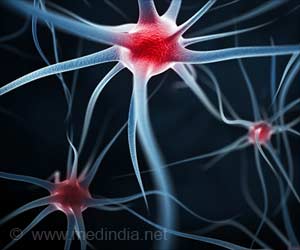Memories aren't made of actin filaments. But their assembly is crucial for long-term potentiation (LTP), an increase in synapse sensitivity that researchers think helps to lay down
Researchers have revealed that an assembly of actin filaments is crucial for long-term potentiation (LTP), an increase in synapse sensitivity that helps to lay down memories.
In the July 13, 2009 issue of the Journal of Cell Biology, Rex et al. reveal that LTP's actin reorganization occurs in two stages that are controlled by different pathways, a discovery that helps explain why it is easy to encode new memories but hard to hold onto them.If you can't seem to forget those ABBA lyrics you heard in seventh grade but can't remember Lincoln's Gettysburg address, the vagaries of LTP might be to blame. Neuroscientists think that the process, in which a brain synapse becomes more potent after repeated stimulation, underlies the formation and stabilization of new memories. LTP involves changes in the anatomy of synapses and dendritic spines, a process that depends on reorganization of the supporting actin cytoskeleton. However, researchers didn't know what controlled these changes.
Rex et al. tackled the question by dosing slices of rat hippocampus with adenosine, a naturally occurring signal that squelches LTP. Adenosine prevents phosphorylation and inactivation of cofilin, an inhibitor of actin filament assembly, the team found. Cofilin's involvement, in turn, implicates signaling cascades headed by GTPases, such as the RhoA-ROCK and Rac-PAK pathways. The researchers showed that a ROCK inhibitor stalled actin polymerization and resulted in a short-lived LTP. A Rac-blocking compound had no effect.
That doesn't mean the Rac-PAK pathway isn't involved in LTP, however. The team discovered that the Rac inhibitor prolonged cells' vulnerability to a molecule that prevents the stabilization of new actin filaments. That result led Rex et al. to conclude that the two pathways exert their effects at different points. The Rho-ROCK pathway initiates the cytoskeletal changes of LTP, and the Rac-PAK pathway solidifies them so that heightened synapse sensitivity can persist. The researchers hypothesize that one pathway encodes memories, while the other makes sure they stick around.
Source-Eurekalert
RAS









